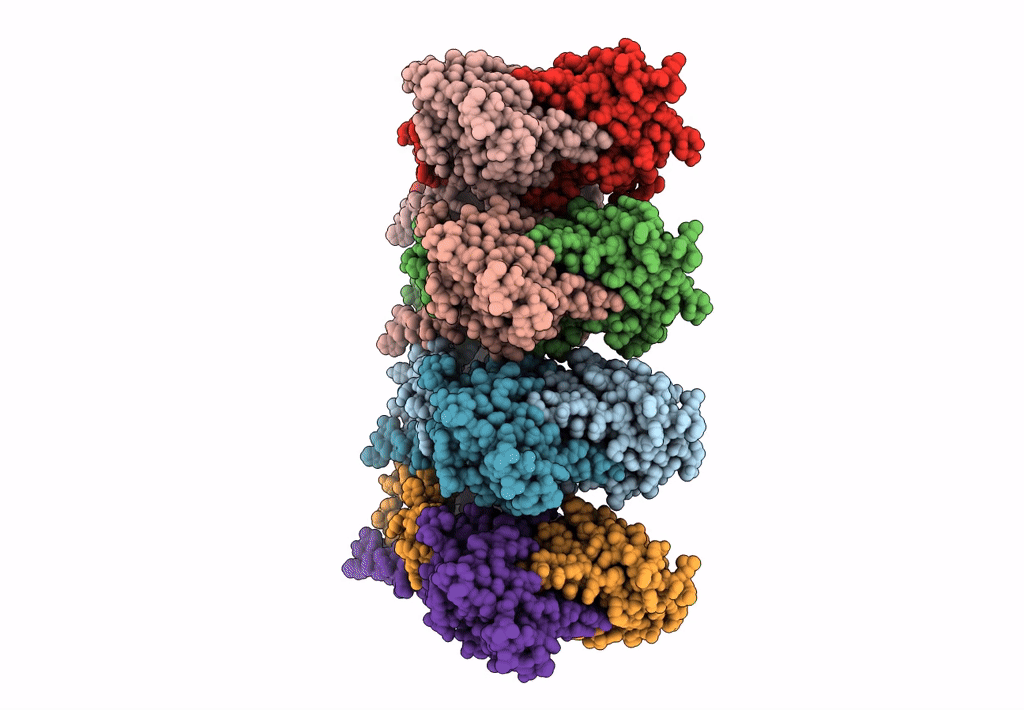
Deposition Date
2023-02-28
Release Date
2023-05-17
Last Version Date
2024-05-01
Entry Detail
PDB ID:
8IK3
Keywords:
Title:
Structure of Stimulator of interferon genes/ligand complex
Biological Source:
Source Organism:
Homo sapiens (Taxon ID: 9606)
Host Organism:
Method Details:
Experimental Method:
Resolution:
3.30 Å
Aggregation State:
FILAMENT
Reconstruction Method:
SINGLE PARTICLE


